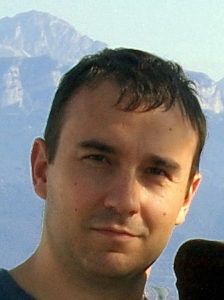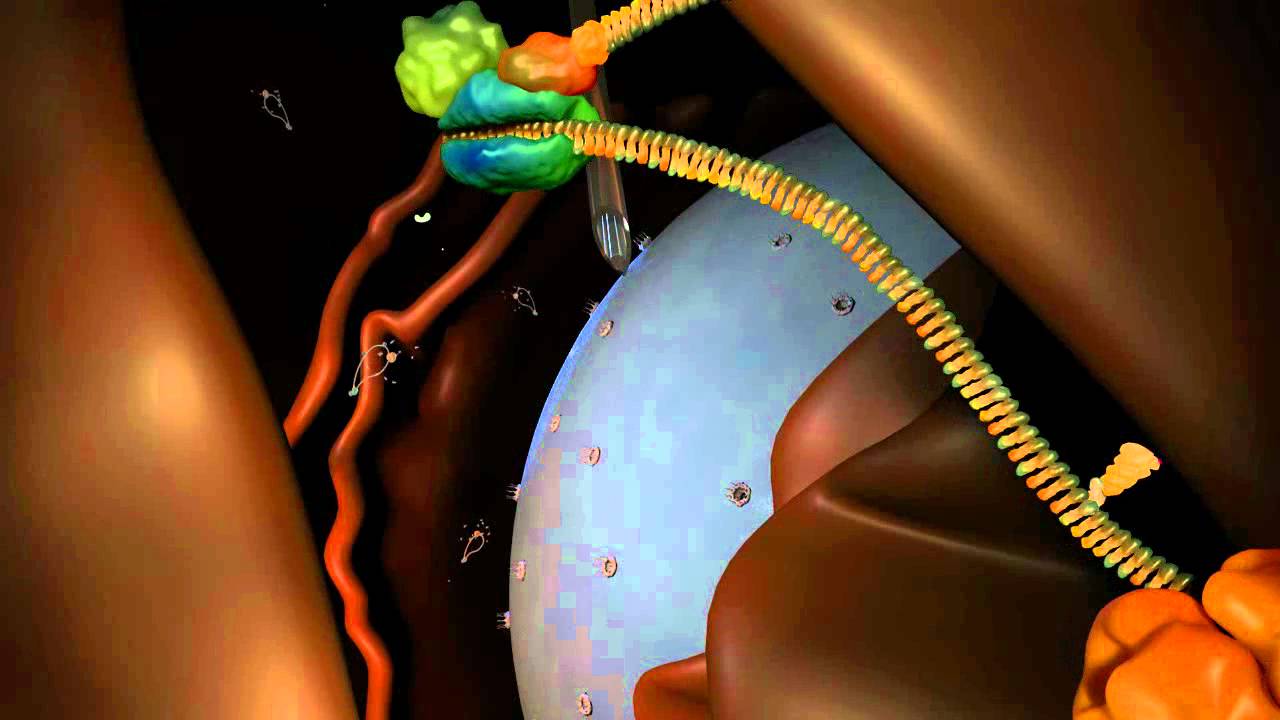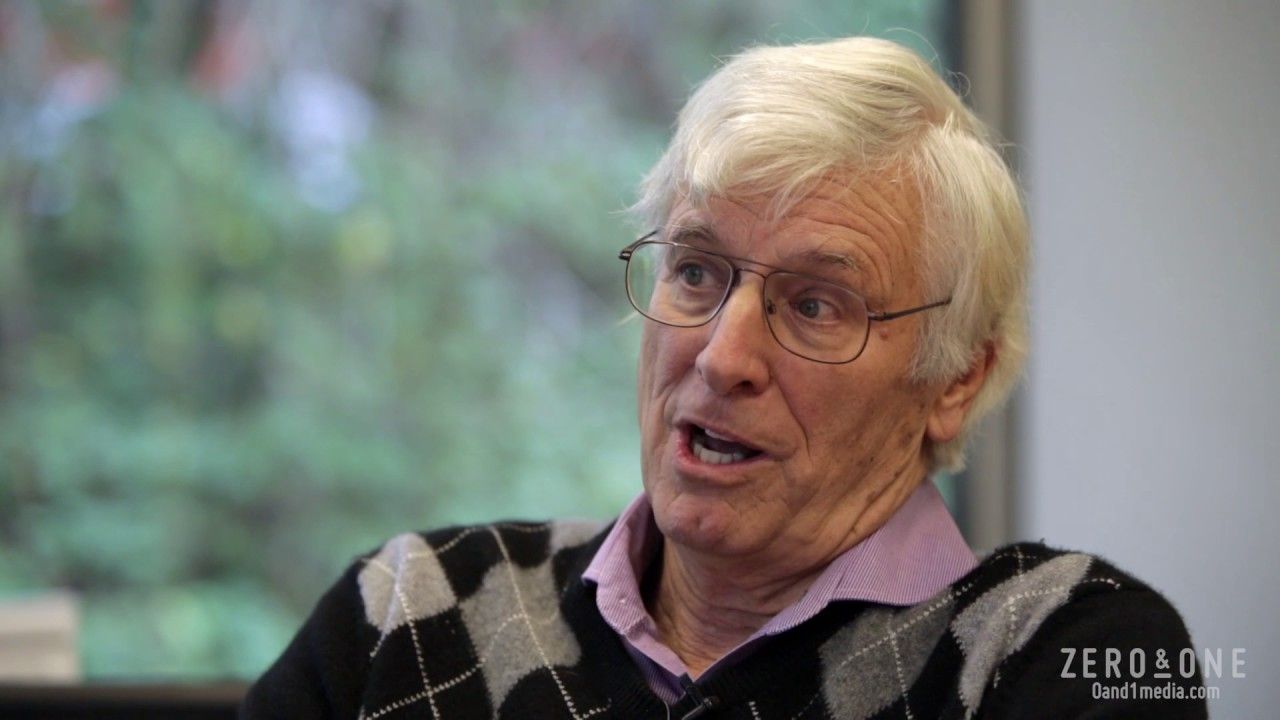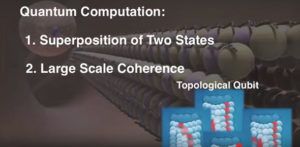Page 10246
Feb 7, 2017
Microsoft Cognitive Services push gains momentum
Posted by Klaus Baldauf in category: robotics/AI

The machine-learned smarts that enable Microsoft’s Skype Translator, Bing and Cortana to accomplish tasks such as translating conversations, compiling knowledge and understanding the intent of spoken words are increasingly finding their way into third-party applications that people use every day.
These advances in the democratization of artificial intelligence are coming in part from Microsoft Cognitive Services, a collection of 25 tools that allow developers to add features such as emotion and sentiment detection, vision and speech recognition, and language understanding to their applications with zero expertise in machine learning.
Continue reading “Microsoft Cognitive Services push gains momentum” »
Feb 7, 2017
First stable semisynthetic organism created
Posted by Klaus Baldauf in categories: biotech/medical, genetics
 DNA — now with a new base pair! (credit: Romesberg Lab)
DNA — now with a new base pair! (credit: Romesberg Lab)
Scientists at The Scripps Research Institute (TSRI) have developed the first stable semisynthetic organism — a bacterium with two new synthetic bases (called X and Y) added to the four natural bases (A, T, C, and G) that every living organism possesses. Adding two more letters to expand the genetic alphabet can be used to make novel proteins for new therapeutics, according to the researchers.
All life as we currently know it contains just four bases that pair up to form two “base pairs” — the rungs of the DNA ladder — which are simply rearranged to create different organisms.
Continue reading “First stable semisynthetic organism created” »
Feb 7, 2017
A real flying submarine drone
Posted by Klaus Baldauf in categories: drones, robotics/AI

https://youtube.com/watch?v=eg2TrS0lGDo
Innocorp has a new drone that is a flying submarine. It is an unmanned underwater vehicle (UUV), unmanned aerial vehicle (UAV) drone and iot can transitio from water to air to land without any individual or multiple deployments, fission of elements, (as in rockets), or complicated maneuvering.
Like the Murres, a unique seabird which can circumnavigate in the air and in water, SubMurres does both in unprecedented fashion. SubMurres has all the key features of a submarine, including complete marine functionality, communication tower with periscope for panoramic viewing of above-water landscape, dual propulsion blades, fully-articulated rotors that emerge as needed, sensors, and more. But it doesn’t end there.
Feb 7, 2017
SRF and Buck Institute to Collaborate on Neurodegeneration
Posted by Nicola Bagalà in categories: biotech/medical, life extension
Foundation and the Buck Institute for Research on Aging join forces on a research program against neurodegenerative diseases.
#aging #crowdfundthecure
Feb 7, 2017
Blockchain Scalability: Proof-of-Work vs BFT Replication
Posted by Philip Raymond in categories: bitcoin, computing, cryptocurrencies, disruptive technology, economics, innovation
Research can seem bland to us laypersons. But, Marko Vukolić shares many of my research interests and he exceeds my academic credentials (with just enough overlap for me to understand his work). So, in my opinion, his writing is anything but bland…
 Vukolić started his career as a post-doc intern at IBM in Zurich Switzerland. After a teaching stint as assistant professor at Eurecom and visiting professor at ETH Zurich, he rejoined the IBM research staff in both cloud computing infrastructure and the Blockchain Group.*
Vukolić started his career as a post-doc intern at IBM in Zurich Switzerland. After a teaching stint as assistant professor at Eurecom and visiting professor at ETH Zurich, he rejoined the IBM research staff in both cloud computing infrastructure and the Blockchain Group.*
As a researcher and academic, Vukolić is a rising star in consensus-based mechanisms and low latency replicated state machines. At Institut Mines-Télécom in Paris, he wrote papers and participated in research projects on fault tolerance, scalability, cloud computing and distributed trust mechanisms.
Now, at IBM Zurich, Vukolić has published a superior analysis addressing the first and biggest elephant in the Bitcoin ballroom, Each elephant addresses an urgent need:
Continue reading “Blockchain Scalability: Proof-of-Work vs BFT Replication” »

RNA interference (RNAi) is an important process, used by many different organisms to regulate the activity of genes. This animation explains how RNAi works and introduces the two main players: small interfering RNAs (siRNAs) and microRNAs (miRNAs). We take you on an audio-visual journey, diving into a cell to show how genes are transcribed to make messenger RNA (mRNA) and how RNAi can silence specific mRNAs to stop them from making proteins. The animation is based on the latest research, to give you an up-to-date view.
If you’d like to know more about the structures and processes you see in this video, check out the accompanying slideshow: http://www.nature.com/nrg/multimedia/rnai/animation/index.html
Feb 6, 2017
Quantum principles and human bio system to enhance its abilities
Posted by Karen Hurst in categories: bioengineering, biological, biotech/medical, complex systems, disruptive technology, DNA, quantum physics, singularity, Singularity University, telepathy, theory, thought controlled, transhumanism
Recent evidence suggests that a variety of organisms may harness some of the unique features of quantum mechanics to gain a biological advantage. These features go beyond trivial quantum effects and may include harnessing quantum coherence on physiologically important timescales.
Tags: Brain, entanglement, Quantum Biology
Feb 6, 2017
Scientists Measure Single Quantum of Heat
Posted by Karen Hurst in categories: nanotechnology, particle physics, quantum physics

IBM researchers have established experimental proof of a previously difficult-to-prove law of physics, and in so doing may have pointed to a way to overcome many of the heat management issues faced in today’s electronics. Researchers at IBM Zurich have been able to take measurements of the thermal conductance of metallic quantum point contacts made of gold. No big deal, you say? They conducted measurements at the single-atom level, at room temperature—the first time that’s ever been done.
These measurements confirm the Wiedemann–Franz law, which predicts that the smallest amount of heat that can be carried across a metallic junction — a single quantum of heat — is directly proportional to the quantum of electrical conductance through the same junction. By experimentally confirming this law, it can now be used with confidence to predict and to explore nanoscale thermal and electrical phenomena affecting materials down to the size of few atoms or a single molecule.
Continue reading “Scientists Measure Single Quantum of Heat” »
Feb 6, 2017
Quantum computing will revolutionize cancer research, says D-Wave co-founder Farris
Posted by Karen Hurst in categories: biotech/medical, quantum physics, robotics/AI

It will and I know some folks are also applying Quantum properties to their bio-research to look at ways to tackle certain brain cancers via (you guessed it) Quantum Biology.
Quantum computing and machine learning will impact most all parts of human life, but one of the first and most compelling benefits we will see is in the field of cancer research, says one expert.











